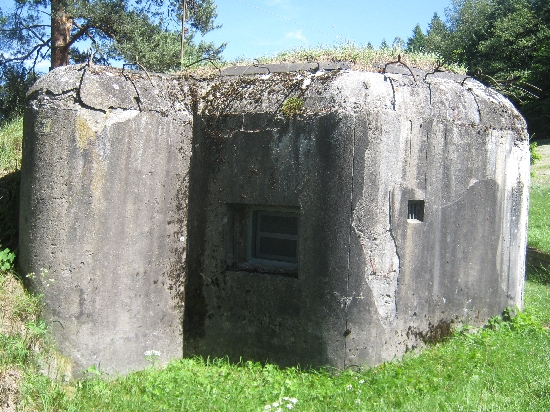
In the area a few kilometres north of my home in Stará Oleška, are a whole series of border fortifications, which date from period 1935–1938. They were built in response to the rise to power of Adolf Hitler, as I explained in greater detail over four years ago, in a post about similar fortifications in the Orlické hory.
Soon after Hitler came to power in Germany in 1933, he started making demands for the incorporation of German minorities into a ‘Greater Germany’, in particular the Sudetendeutsche residing in Sudetenland – that part of Czechoslovakia containing a majority ethnic German population. This alarmed the Czechoslovak government who began to make defensive plans to counteract any future Nazi invasion attempt. These concrete bunkers are the result of those plans.
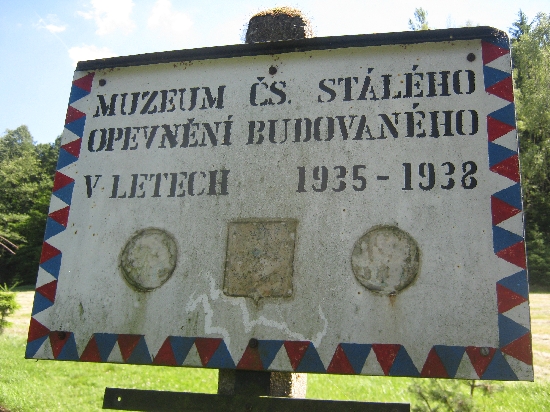
As I explained in that earlier blog post, the whole issue of Sudetenland and the Sudetendeutsche, came to a head at the Munich Conference, held at the end of September 1938. In an effort to appease Hitler and avoid conflict, the then British Prime Minister Neville Chamberlain, along with his French counterpart Édouard Daladier, signed the infamous ‘Munich Agreement’, giving Hitler control of the Sudetenland. All this was done without the Czechoslovak government being consulted or represented at the conference.
As a result, all these border fortifications were never used for the purpose for which they were built. Despite Hitler promising that the the annexation of the Sudetenland would be the end of German territorial expansion, six months later, his forces occupied the rest of Czechoslovakia.
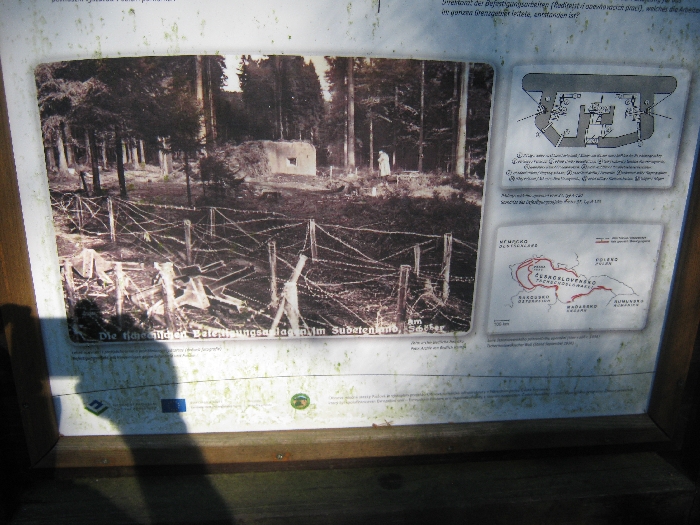
This display board explains all about these structures, in Czech and German, including a plan of one of the bunkers, together with a map showing where they were constructed, across Czechoslovakia.
Below are photographs of three more bunkers that I’ve passed whilst walking through this area.
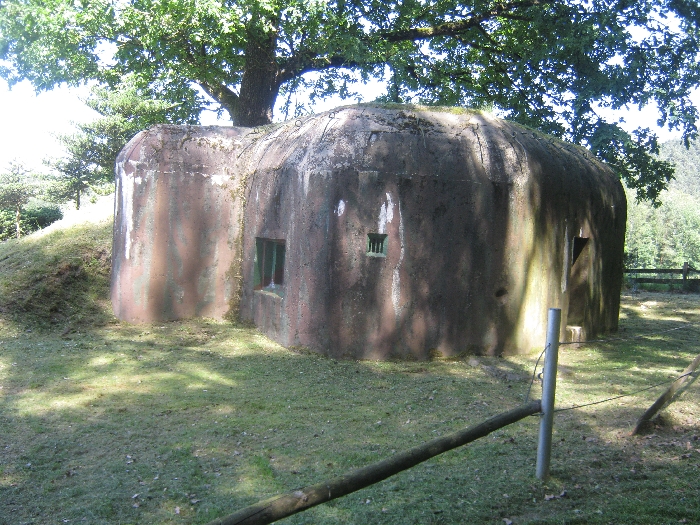
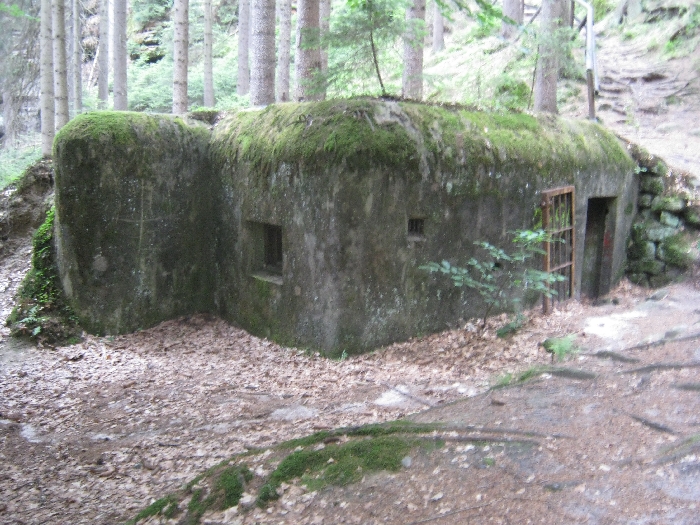
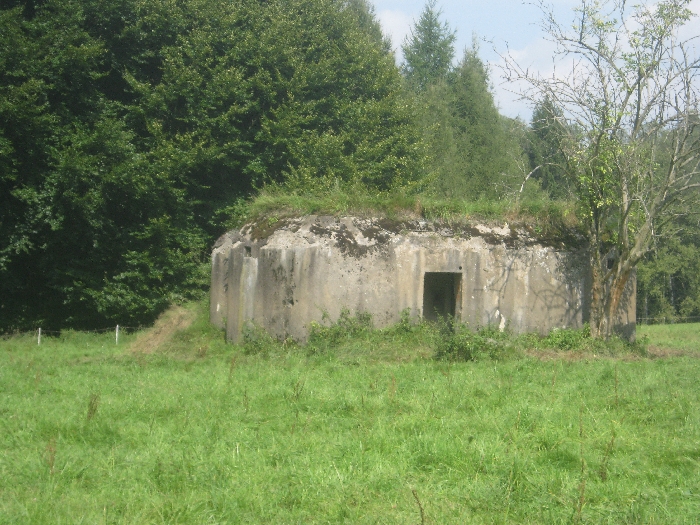
Whilst this one below, located between Srbská Kamenice and Všemily, has been restored to how it would looked when first constructed.
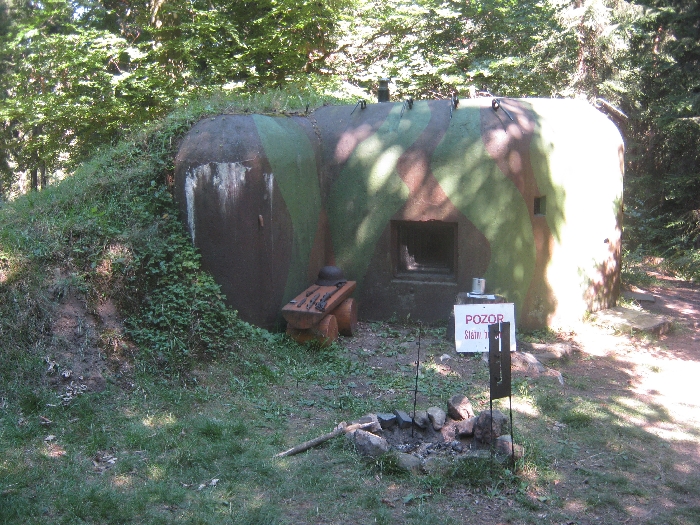
For a week during early August, it was open every day to visitors. The young couple who were camping alongside it and welcoming anyone who came to visit, got quite a surprise when I, an English-speaker, turned up 🙂
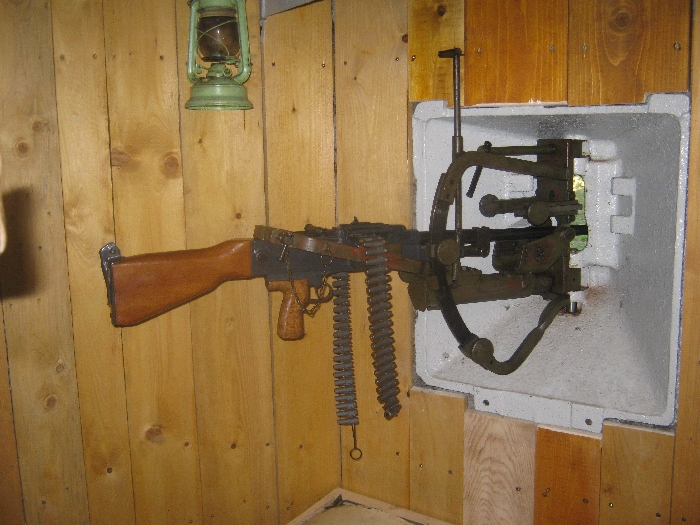
This is a photograph I was able to take of the rather cramped interior. Below is a display of period weapons laid out on the ground outside of the bunker.
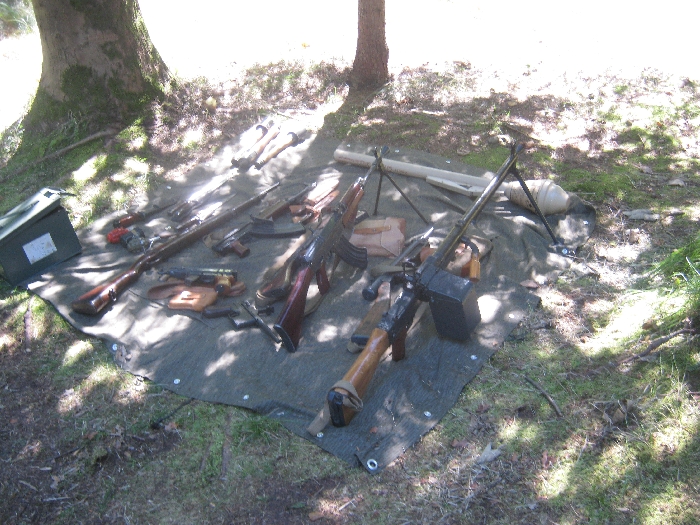

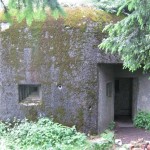
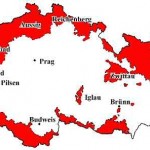
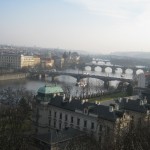
Nice to be living near such vivid reminders of history, Ricky.
I’ve never really bought the widely-accepted line on the Munich Agreement/Betrayal. While the perspective of the Czechs is perfectly understandable, the trashing of Chamberlain and Daladier (and consequent bigging up of Churchill) is highly unfair, within the bigger picture. The UK and France were utterly unprepared militarily in 1938 and it was a big ask for them to declare war on Germany over the Sudetenland, a region most people would never have heard of, particularly only 20 years after the senseless slaughter of WW1. As events panned out, that extra year before WW2 provided a bit more breathing space to prepare for the inevitable.
However, warmongerers in the West since then have constantly used Munich to justify their warmongering, when surely attempting to avoid war and bloodshed is a Good Thing rather than a Bad Thing.
Anyway, this link explains it better than me.
http://www.slate.com/articles/news_and_politics/foreigners/2013/09/neville_chamberlain_was_right_to_cede_czechoslovakia_to_adolf_hitler_seventy.html
Hi Jonathan! Thank you for your comment & your link to the article published at the time of the 75th anniversary of the Munich agreement. I do understand your point of view and that of some more recent historians, now through the thirty year rule, we know more about what background information Chamberlain had at his disposal. But as you rightly say, it isn’t the perspective that most Czechs have!
I totally agree with you that attempting to avoid war and bloodshed is a ‘good thing’. I regularly pray for peace and justice to prevail in numerous difficult situations in our world today. But we do need both – not an unjust peace.
Would it have been possible for Chamberlain to allow the Czechs to fight to defend their own country? Hitler might have found them a pretty tough nut to crack. That course would have resulted in many Czech military casualties, but sometimes one has to fight.
It would have been possible and, with these fortifications, together with the mountains that form the natural border, they may have been quite successful against Hitler’s forces. But the Czechoslovak government, who were not even represented at the Munich conference, eventually acquiesced to what was agreed & surrendered one third of the country & their defences, both man-made & natural. Therefore, as I wrote, ‘Despite Hitler promising that the the annexation of the Sudetenland would be the end of German territorial expansion, six months later, his forces occupied the rest of Czechoslovakia’.
It was my impression from books that fortifications were also kind of Tunel Blanka of the First Republic, big business for bottomless pockets 🙂 Many Germans were participating on building and complete bunker layouts were in archives in Berlin even before war.
I like your analogy Pavel, with Tunel Blanka, having lived in Prague for nearly all the duration of its construction.
I did remark when writing about similar fortifications in the Orlické hory, that it was somewhat ironic that the construction of these defences, created much needed employment for the local population who had been hard hit by the financial crash of 1929 and the economic depression that followed. Yet the majority of these people were themselves, German speakers! What I hadn’t thought of is that some of them would pass the plans on to the Nazi regime.